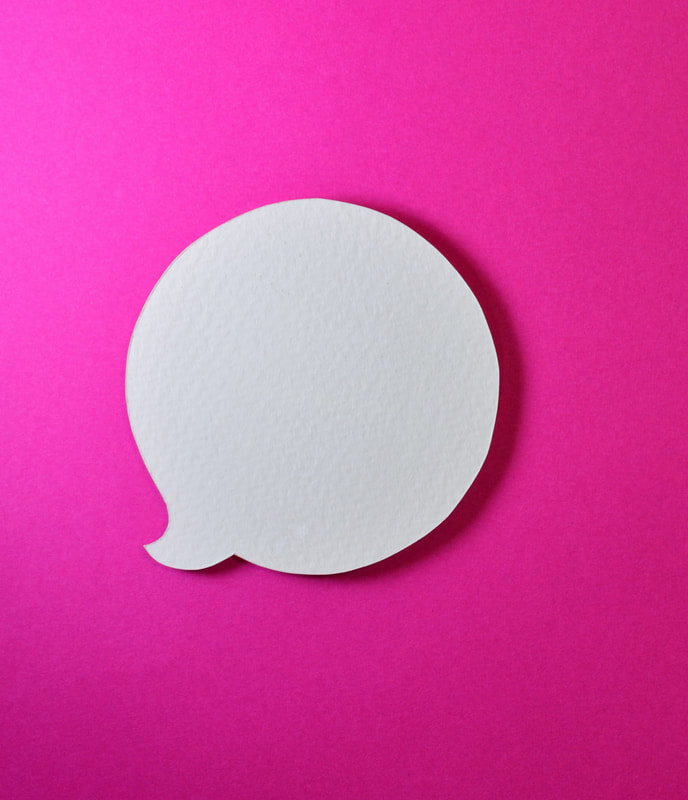|
Every writer has at least one aspect of writing that just doesn’t come naturally to them. For me, that’s dialogue. I can recognize unnatural or awkward dialogue and even correct it when I’m reading (a handy skill for an editor), but when it comes to creating it, I’m at a loss. And a big part of creating great dialogue is the dialogue tag. What is a dialogue tag? A dialogue tag is that bit of the sentence not inside the quotation marks that tells the reader who is speaking. Take the following example: “Good morning,” she said. “She said” is the dialogue tag. Where do writers go wrong? Occasionally, a writer will forget to use dialogue tags altogether, leaving their readers hopelessly confused about who’s saying what. But much more often, the point where many writers trip up is when they try to insert more action and interest into their stories by getting creative with the dialogue tag. “She said” becomes “she chirped” or “she exclaimed”. And pretty soon she’s blurting, crying out, hollering, shouting, and (if the author is particularly out of touch with double entendre) ejaculating. And it just gets more ridiculous from there. What’s so wrong with descriptive dialogue tags? It’s true that you sometimes need a more descriptive tag than “she said.” The problem comes when every dialogue tag is more creative than the last. A skilled writer can convey emotion and tone with their word choice or even, occasionally, punctuation. The outlandish tags become distracting. Think about how you would relate a story to a friend. How often do you say, “she cried” or “she pled”? And if the dialogue itself is a question, the arrangement of words and the question mark convey that. Saying, “she queried,” is redundant and somewhat insulting to the intelligence of your reader. The purpose of the dialogue tag is simply to attribute a bit of speech to a particular character. Trying to make it carry more than that weighs it down and makes the whole thing awkward. How do you do it right? Just remember less is more. Sometimes, “she murmured” is appropriate, but generally it’s best to stick with “he/she/they said.” The simple tag fades into the background, the reader is able to keep the speakers straight, and your brilliant dialogue shines through. And if you’re writing a conversation of back and forth between two characters, you can drop the dialogue tags altogether after you establish the speakers, because the placement of paragraph breaks and quotation marks indicates a change in speaker. John stopped Theresa as she was walking out the door. “Where are you going?” “To the market,” she said. “Can you pick up some eggs while you’re there?” “How many do you need?” “About two dozen should do it.” “Anything else?” “Not that I can think of . . . unless there’s something in particular you want for dinner tonight.” And in this example (of staggeringly brilliant dialogue, I know), I could probably even drop the “she said” in the second paragraph because it’s fairly obvious that it’s Theresa responding. I’m not saying descriptive dialogue tags are never called for, but overly flowery and verbose writing will mark you as a novice writer. The unnecessary wording bogs down your writing and distracts your readers from the story itself. The best dialogue tags are the ones we never notice because they keep your dialogue clear and organized without drawing attention to themselves. Rebecca Miller is a professional copyeditor and general fan of all things having to do with the written word and the English language. You can check out her website at Oakdale Editing or connect through Facebook, LinkedIn, Instagram, or Email.
0 Comments
Leave a Reply. |
AuthorRebecca has a passion for helping you fill the world with great literature and making sure said literature doesn't get passed over for the lack of a little editing. Archives
July 2022
Categories
All
|


 RSS Feed
RSS Feed
